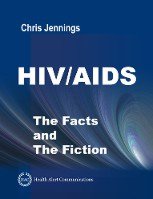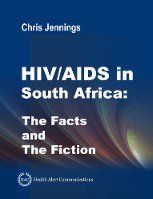Understanding and Preventing AIDS
Table of Contents
Introduction
A Virus – The Invader
Mutations and HIV
HIV Strains
Humans – The Host
The T-Cell
Antibodies
T-Cell Function and HIV
Antibodies VS. AIDS
Other Sites of Infection
Types of HIV Infections (AIDS)
Healthy Carrier State (The Latency Period)
Lymphadenopathy Syndrome (LAS)
AIDS-Related Complex (ARC)
Acquired Immune Deficiency Syndrome (AIDS)
Catching AIDS
The Mechanics of Transmission
Where the Virus is Found in Humans
Blood
Semen
Vaginal and Cervical Secretions
Urine and Feces
Mother’s Milk
Saliva
Tears
HIV Survival Outside the Host
Possible Methods of Transmitting HIV
Anal Intercourse
Vaginal Intercourse
Oral Sex
Kissing
Lesbian Sex
Urination
Blood Transfusions
Household and Medical Instruments
Pregnancy
Organ Transplants
Artificial Insemination
Infected Health Care Workers
Blood Spills/Contact with Bodily Secretions and Feces
Blood-Letting Instruments
Biting
Spitting
No HIV Transmission Found
Casual Contact
Sweat
Insects
Preventing AIDS
Sexual Hygiene
Physical Barriers
Condoms
Diaphragms
Contraceptive Jellies and Spermicides
Dams
Latex Gloves
When to Stop Using Barriers
Behavioral Barriers to HIV Infection
Abstinence
Sex Education
Overcoming Reluctance to Use Condoms
Number of Lifetime Sex Partners
Drug Use
Negotiating Limits
Other Concerns
IV Needle Prevention
Blood Spills & Spills of Bodily Waste
Exposure to Human Skin
Blood Transfusions
Soaps and Detergents Which Kill HIV
Dishes
Bathrooms
Detecting AIDS
Initial Symptoms
Acute Reaction
Oral and Facial Signs
Blood Tests
Accuracy
What a Positive Blood Test Means
How to Get Tested
Confidentiality
The Hope for a Vaccine



